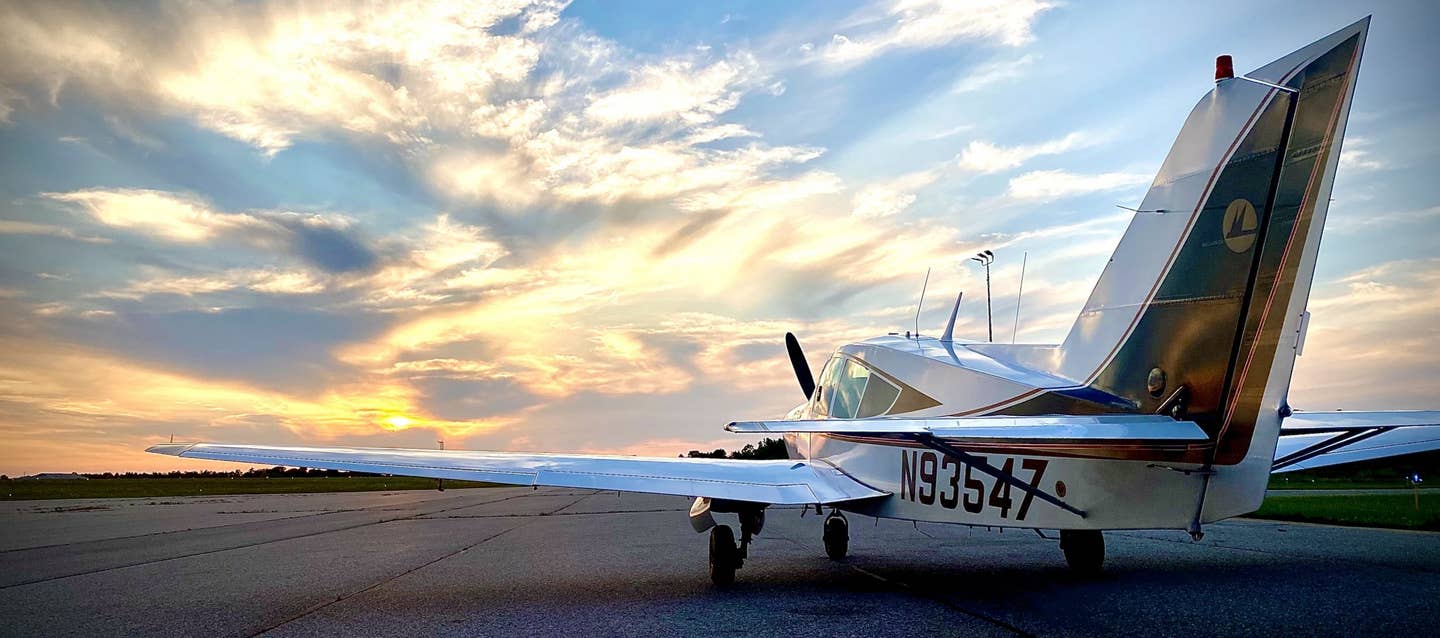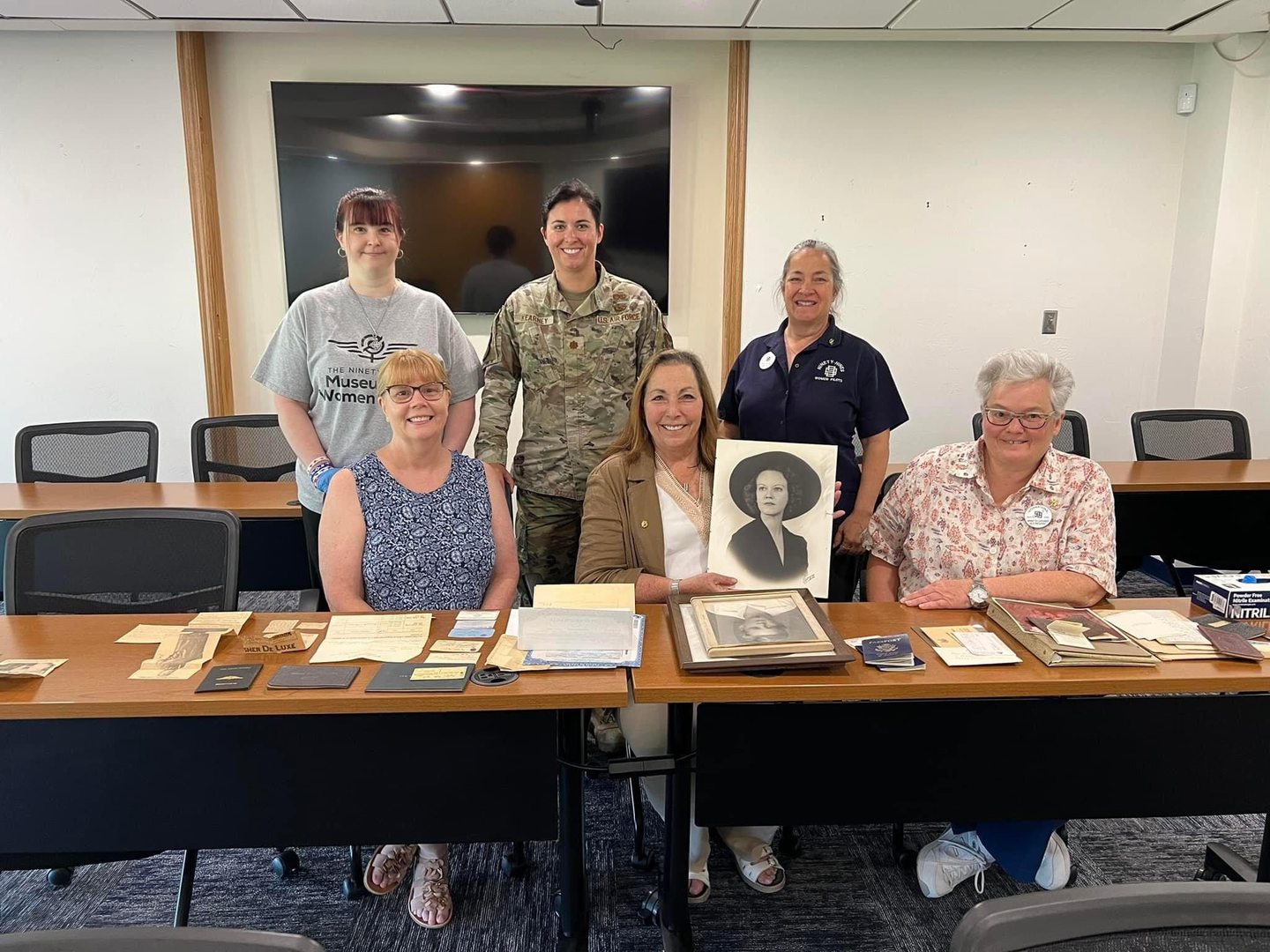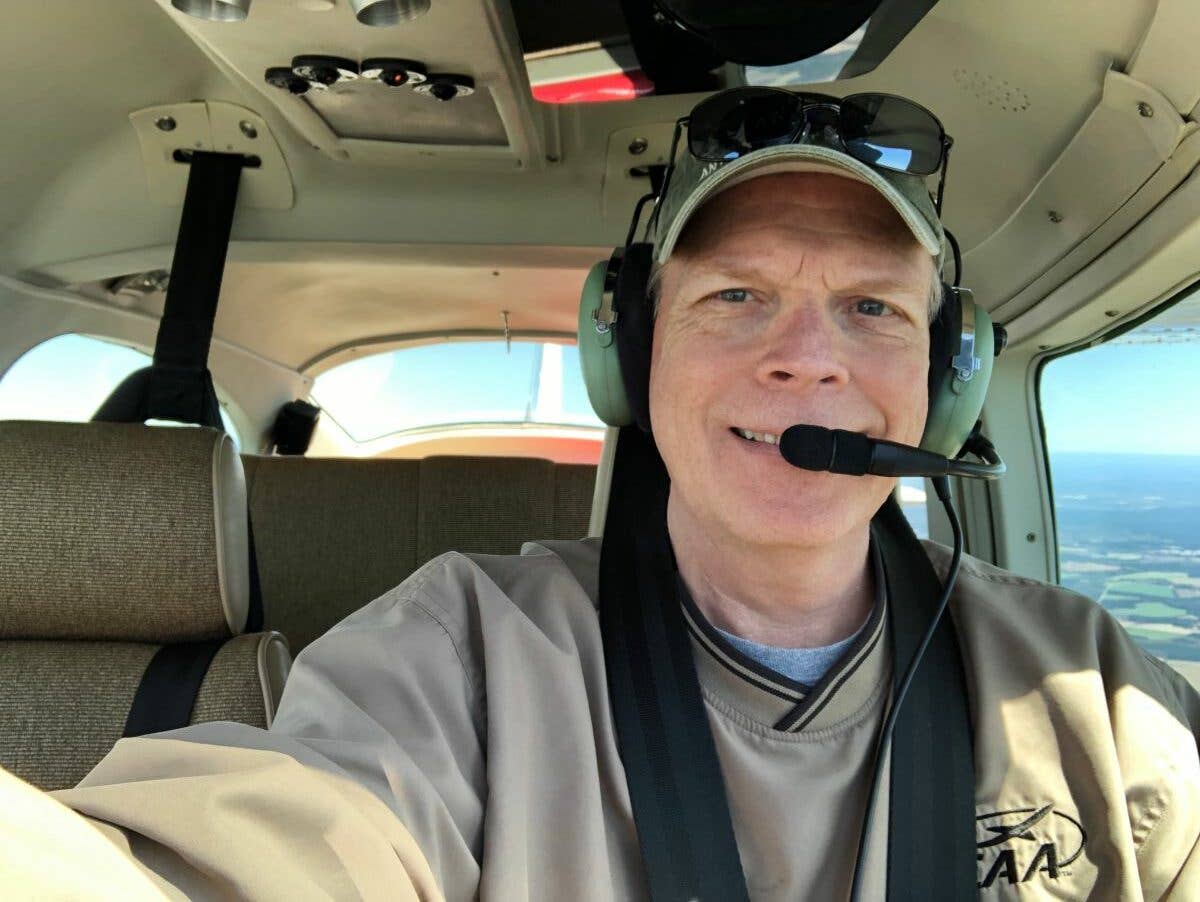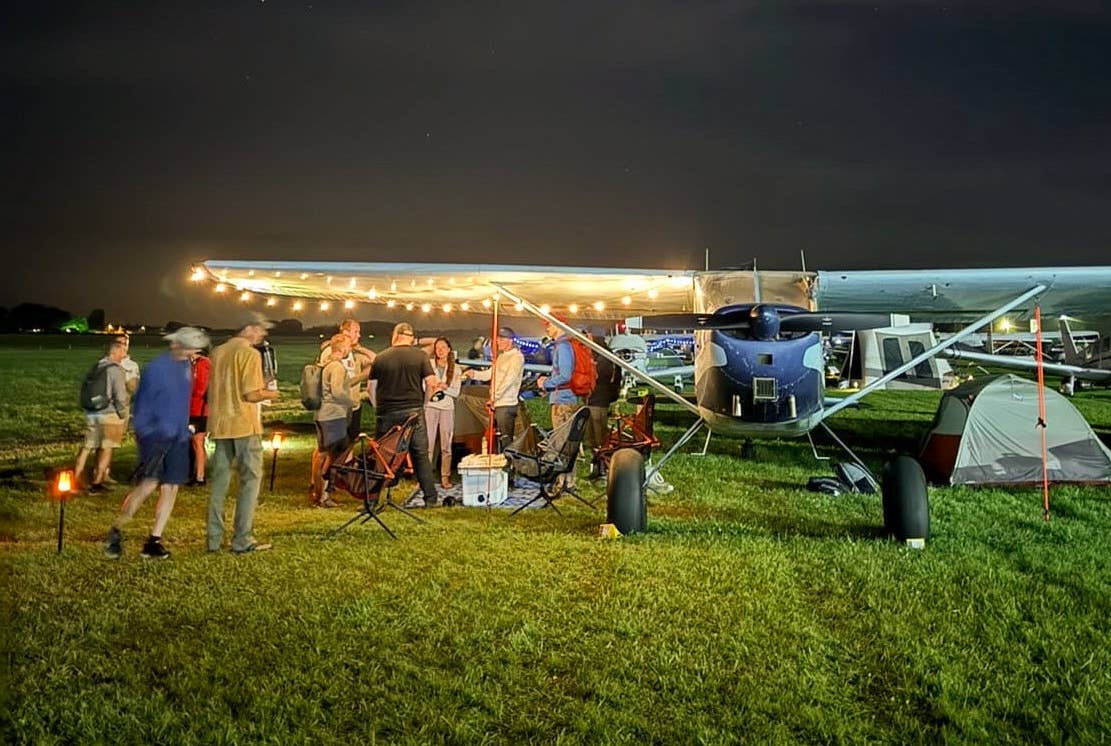Challenging Common Aircraft Buying Tips
The folks at your flying club mean well, but sometimes their advice isn’t on the mark.

The owner of this Bellanca Viking acknowledges it costs more to own and operate than more common types, but he cherishes the memories it brings back from childhood, when he rode along in his father’s Viking. Credit: Chris Westcott
If you should ever happen to walk into a small flying club on a Saturday morning to find that the conversation has died among the regular doughnut-devouring attendees, there’s one surefire way to stoke the fires of discussion—simply reveal to the group that you’re shopping for a particular type of airplane, sit back, and get comfortable. Within seconds, you’ll be inundated with a deluge of tips, warnings, and advice regarding your imminent purchase.
Gathering advice from those with more experience than ourselves is wise; I always prefer to learn from another’s bad situation than from one of my own. But there are exceptions to even some of the best, most commonly heard pieces of advice, and it’s a good idea to scrutinize all of them.
Here, then, are a couple of examples where there are interesting exceptions to a common rule of thumb.
Advice: Define your specific needs, then find an aircraft type with corresponding specifications.
Counterpoint: Some of the most impactful aspects of a given aircraft type aren’t easily quantifiable.
By and large, we pilots are an analytical bunch. We pore over specification charts and buyer’s guides with tenacity. We memorize performance figures as enthusiastically as little league players memorizing major league batting averages. We eat the data up and then pore over it in our minds as we lay in bed at 2 a.m., staring at the ceiling and unable to sleep, and we love every second of it.
After a few months (or even years) of this, we eventually match our desired specifications with the capabilities of the type that...on paper…is most suited to our needs. But occasionally, we find ourselves either underwhelmed by that type or oddly attracted to a type that makes no analytical sense whatsoever.
This is an example of our methodical, systematic brains being swayed by factors that aren’t easily quantifiable.
One of my good friends from college recently bought an airplane. His usual missions are breakfast runs to nearby airports and visits to family about 200 miles away, and he typically flies with only one passenger. By most measures, a basic Cessna 150 or 172 would fit the mission just fine.
“When you’re surrounded by a swirling maelstrom of well-intentioned advice from the usual assembly of Saturday morning airport club members, take it seriously. But remember that sometimes, the best decisions are based in logic but positioned outside the box.”
Instead, he ended up buying a Bellanca Viking, a 300 horsepower complex aircraft capable of flying nearly 1,000 miles at about 190 mph. The fabric-covered fuselage, wooden wing, retractable gear, and constant-speed propeller drive his maintenance and insurance costs up substantially, and it’s more demanding to fly than the more basic options.
So what made him opt for such an airplane? As it turns out, his late father used to own one, and some of his most treasured memories come from the times the two of them spent flying it together.
Did he want an airplane with fabric to maintain? Not necessarily. Would he have been better off, financially, to be flying a more basic 172? Absolutely. But would an airplane like that connect him with his late father every time he lays eyes on it or every time he feels the weight transfer from the wheels to the wing as he takes flight? Definitely not.
When reviewing the Ercoupe for an article I was writing, I interviewed several owners who conveyed a similarly undefinable draw to their unique little airplanes. They explained that they were drawn to the Ercoupe not for any particular technical advantage or performance characteristic, but rather for the feeling they got when they found themselves surrounded by so much 1930s-era art deco style.
Lowering themselves into the cockpit and feasting their eyes on the classy panel, airy cockpit, and polished aluminum transports them to another age. It provides them with an experience more special and unique than many of the standard counterparts. It’s what leaves them hungry for more flying when they return to the ground, and it’s what makes them look back over their shoulder at their beloved airplane while they’re walking away.
The lesson here is that sometimes, the most meaningful and important aspects of a given type aren’t quantifiable and don’t show up on spreadsheets—but that doesn’t make them any less legitimate. Pay attention to them, because not only do they matter, they can be some of the most important and legitimate characteristics to drive your purchasing decision.
Advice: Buy a common airplane with easily sourced parts.
Counterpoint: With the global networking that exists today, parts are easier than ever to source, and this can make less common types easier to own.
Among the 172s, Piper Cherokees, Beech Bonanzas and the like that pepper airfields around the world, there are a handful of models or trim levels that are labeled as undesirable owing to the presence of an “orphan” engine or propeller for which no new parts are being produced.
One example that comes to mind is the Beechcraft Musketeer with the Continental IO-346 engine. The IO-346 has the unique distinction of being designed and built for only that one type—no other airplanes ever used it. Only 540 of these engines were ever produced, and they’ve been out of production for decades now. Owners report having difficulty sourcing parts for them, and accordingly, IO-346-equipped Musketeers sell for tens of thousands of dollars less than those equipped with other engine models.
Surely, I thought, buying a Musketeer with the IO-346 must be foolish. But in speaking with a few owners, it seems they just might be onto something.
The IO-346 is indeed very well-liked by those who own and fly them. Despite being rated at 165 horsepower, owners report being able to climb and cruise alongside 180 hp versions of their airplanes with ease, so they suspect their engines are putting out substantially more power than advertised. They’re also very impressed with the longevity and durability of their engines.
The downsides are still there, primarily in the form of parts that can be difficult to source. But with today’s global networking in the form of the web, classified sites, and owner’s groups, owners report being able to find the parts they need. They concede that the process can be lengthy and the parts prices can be high, but in exchange for these headaches, they are able to enjoy an airplane with great capability for a much lower price than the more popular alternatives.
A friend of mine has an early Bonanza with a relatively rare propeller. The propeller’s pitch is controlled electrically, and parts have become quite scarce. Last year, her airplane was grounded for about two months while she searched high and low for one particular bearing, and when she found one, it was terribly expensive.
Despite these troubles, she loves her airplane and propeller, and like the aforementioned Musketeer, the presence of less-desirable parts made it far more affordable. She simply makes a point to always be on the lookout for propeller parts in person and online. When something surfaces, she buys it proactively, before she actually needs it, and maintains a small stockpile of parts to keep her machine flying in the future.
So while it’s smart to consider the drawbacks of less-common and less-desirable types, it’s also smart to explore how those drawbacks can be balanced by a bit of effort and planning. It’s entirely possible that the additional effort required might unlock some advantages that would otherwise be unattainable or out of reach.
When you’re surrounded by a swirling maelstrom of well-intentioned advice from the usual assembly of Saturday morning airport club members, take it seriously. But remember that sometimes, the best decisions are based in logic but positioned outside the box.

Subscribe to Our Newsletter
Get the latest FLYING stories delivered directly to your inbox






